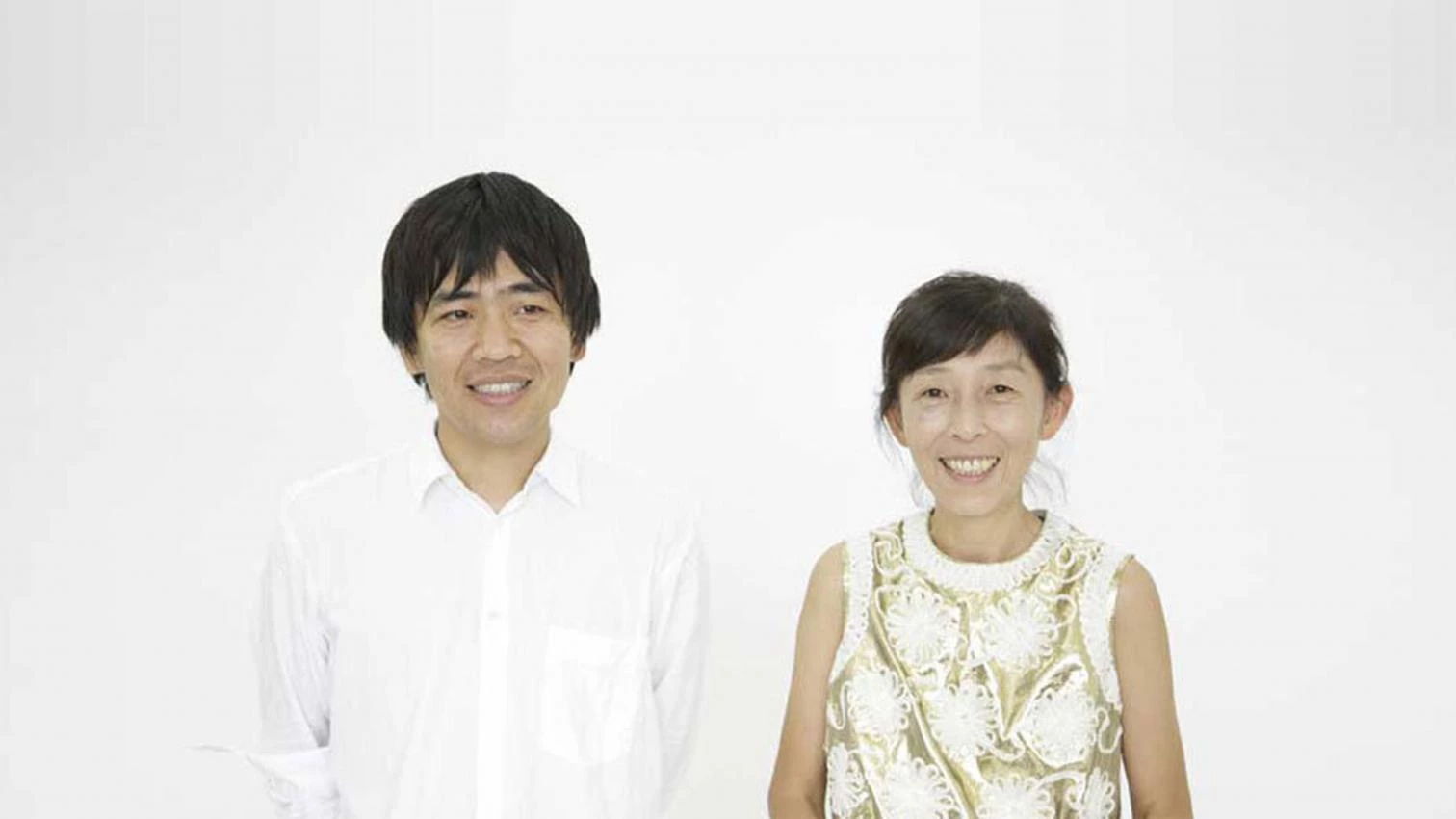
SANAA
Kazuyo Sejima (Ibaraki, 1956) and Ryue Nishizawa (Tokyo, 1966) are the Pritzker 2010 laureates. It is the fourth time that the prize goes to Japanese architects – Kenzo Tange received it in 1987, Fumihiko Maki in 1993 and Tadao Ando in 1995 – and the third time it is awarded to two architects in the same year – Oscar Niemeyer and Gordon Bunshaft in 1998; Jacques Herzog and Pierre de Meuron in 1991. Working together under the name SANAA for 15 years, Sejima and Nishizawa design a weightless and immaterial architecture whose apparent simplicity was one of the aspects mentioned by the Pritzker jury: “They explore like few others the phenomenal properties of continuous space, lightness, transparency, and materiality to create a subtle synthesis. Sejima and Nishizawa’s architecture stands in direct contrast with the bombastic and rhetorical.” The O Museum in Nagano, the Kanazawa Museum of Contemporary Art, the Glass Pavilion in the Toledo Museum of Art in Ohio, the Theater and Cultural Center in Almere, the New Museum in New York and the Rolex Learning Center in Lausanne are a few of their most noteworthy works.





